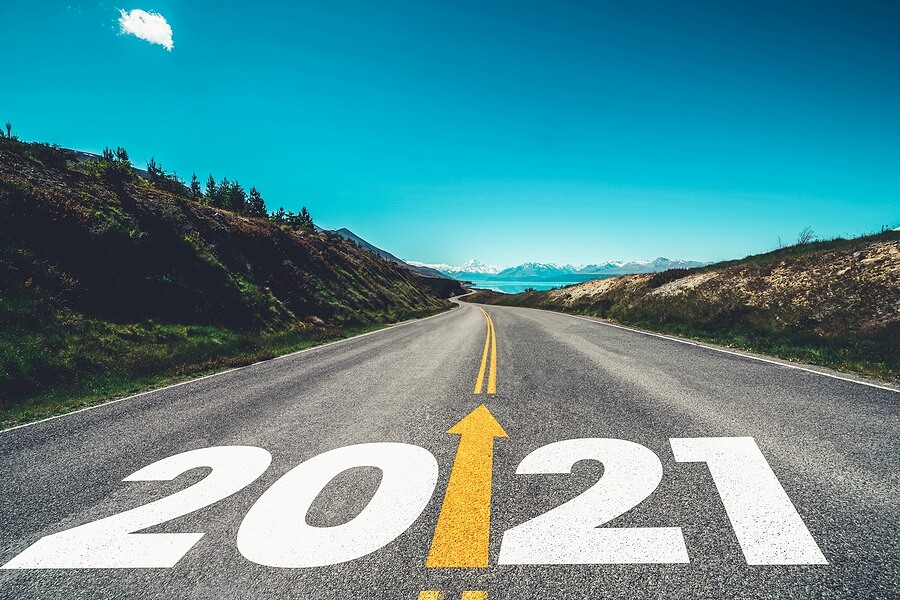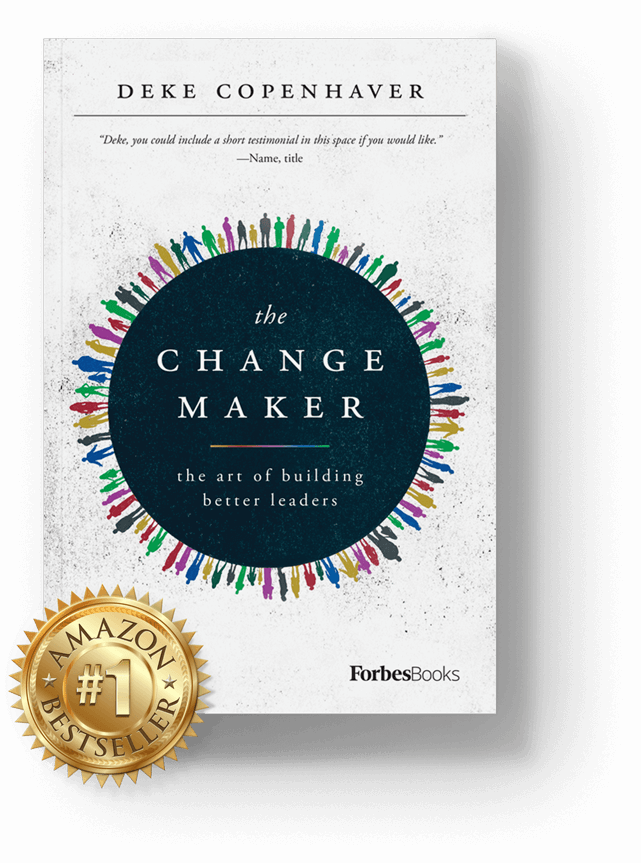One of the fundamental lessons life has taught me is that change necessitated by crisis is inevitable and if we don’t learn to embrace it, we get run over by it. Throughout the pandemic, I’ve watched as leaders of businesses, nonprofits, and governments have successfully pivoted, innovated, and adjusted to the situation that has been thrust upon them. During an unprecedented global event unlike any we’ve experienced in our lifetimes, the examples of innovation set by these leaders can, and should, be used to teach future generations.
In September of 2020 Glassdoor awarded Mercury Systems Inc. President and Chief Executive Officer Mark Aslett the top honor in their “25 Highest Rated CEO’s During Covid” report. The report was based on an analysis of employees’ feedback between March and July of 2020 with Mr. Aslett receiving a 95% approval rating. In the report, the employees praised their CEO for his care for them during the midst of a crisis.
Aslett’s commitment to his employees was highlighted through the establishment of a $1 million employee relief fund and the implementation of industry-leading health and safety protocols at the company’s facilities. With his willingness to pivot while putting his employees first, Mr. Aslett was able to lead Mercury, a global technology company serving the needs of aerospace and defense, to record full-year financial results. This type of leadership is just one example of private sector innovation brought on by the pandemic which turned a negative situation into an overall positive one for a major corporation.
The nonprofit sector also saw innovation brought to the fore by the COVID-19 crisis. In June of this year, it was announced that InspiriTech, a nonprofit human service organization headquartered in Philadelphia, would be recognized as the first-ever winner of the SourceAmerica Innovation Award. The national award “honors a nonprofit organization that created new ways to keep its doors open and workers employed during the COVID-19 crisis.” Responding to the pandemic, InspiriTech was able to transition 570 employees to a work at home setting in just 15 days.
Concerning the transition process, InspiriTech’s cofounder and CEO John Connolly stated, “And yet we have maintained quality — at a time when we’ve been hiring people, at an 80 percent growth rate, made possible by partnering with customers who trusted us not only to build new teams during the pandemic but also to deliver excellent unemployment assistance services to customers at an especially difficult time.” Once again, the crisis brought on by the pandemic created the need for an innovative approach to doing business with a core focus on putting people first by meeting the needs of InspiriTech’s employees and customers.
There are many examples of innovative leadership in the public sector during COVID 19 with New Zealand Prime Minister Jacinda Ardern perhaps being chief among them. Ms. Ardern has received worldwide acclaim for how she has handled the pandemic, recently being recognized by Fortune Magazine as the World’s Greatest Leader for 2021. Her science-based approach to the pandemic has been given credibility through the effective media engagement of New Zealand’s director-general of health Dr. Ashley Bloomfield.
Through regular press conferences and Facebook live sessions, the Prime Minister has been able to actively engage the public while building trust in her leadership. Ms. Ardern and her cabinet led by example when she announced shortly after the pandemic began that they would be taking a 20% pay cut for a 6-month period in order to show solidarity with New Zealanders who had been economically impacted by the pandemic. Her compassionate, yet decisive, actions during the crisis led to her being re-elected in a landslide victory in 2020 showing that good leadership and a willingness to pivot as necessary can lead to being rewarded at the ballot box.
These are just a few examples of innovative leadership brought on by COVID-19 and I know that there are many, many others to learn from throughout our nation and throughout the world. Each one of the leaders I’ve referenced reflects what it means to be a true servant leader as they each put the needs of those they serve, whether it be clients, customers, employees, or citizens, first.
They also show that doing the right thing, in the right way, and for the right reasons in leadership positions can lead to success from a business and political perspective. In each case, their willingness to pivot and go against the status quo was ultimately rewarded. As we begin to move beyond the global pandemic, I’m hopeful that leaders like these on a global basis will be both lifted up and emulated.













